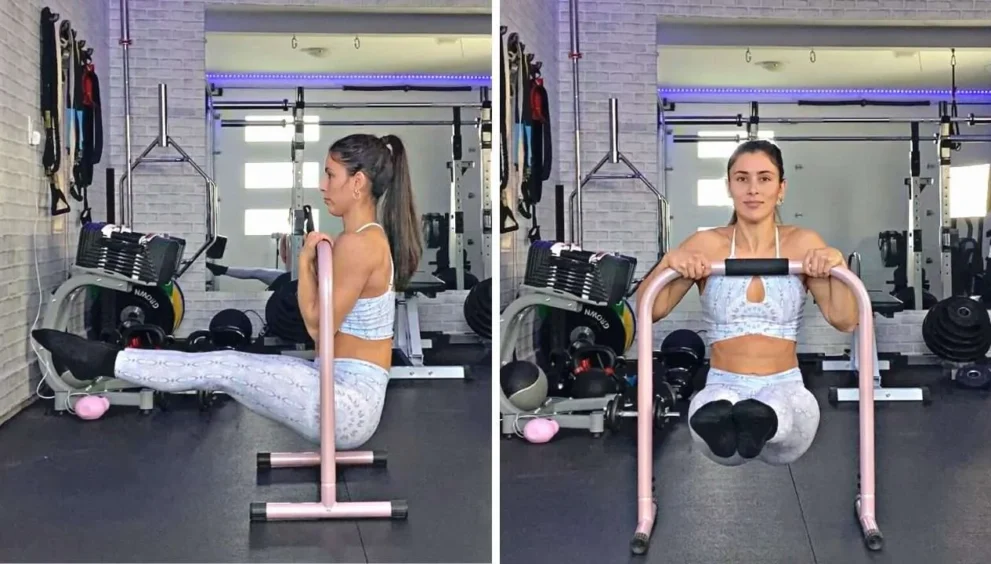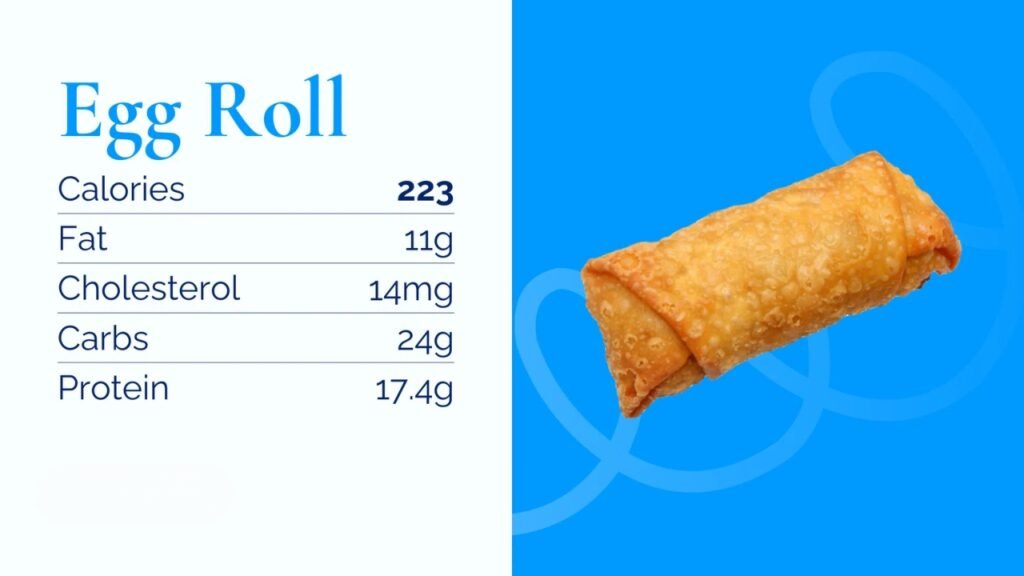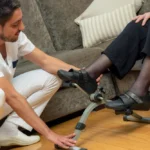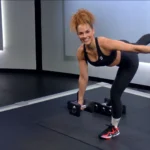“The Ultimate Guide to Dip Exercise Bars”

When it comes to building upper body strength, few pieces of equipment can match the versatility and effectiveness of dip exercise bars. These simple yet powerful tools target multiple muscle groups, such as the chest, triceps, and shoulders, making them a cornerstone in many fitness routines. Whether you’re looking to improve your physique or enhance athletic performance, dip exercise bars offer a dynamic way to elevate your workout. In this guide, we will explore everything you need to know about dip exercise bars, from their benefits and proper usage to expert insights and training tips. By the end, you’ll have a solid understanding of why dip bars deserve a prominent place in your fitness routine.
What Are Dip Exercise Bars?
Dip exercise bars are pieces of gym equipment specifically designed for performing dips, a strength training exercise that primarily targets the upper body. Typically, these bars consist of two parallel handles, often made of steel or other durable materials, which allow users to lower their body and push back up using the strength of their arms, shoulders, and chest. Unlike traditional gym machines, dip bars engage the body’s stabilizing muscles and help improve functional strength and muscle coordination.
The beauty of dip exercise bars lies in their simplicity. With just a pair of bars, you can perform a variety of exercises that target different muscle groups. The versatility of dip bars is one of the reasons they are so popular among fitness enthusiasts, both at home and in commercial gyms.
The Benefits of Dip Exercise Bars
Using dip exercise bars comes with several advantages. Here are some of the key benefits that make them an essential piece of equipment for many fitness enthusiasts:
1. Builds Upper Body Strength
Dip bars are incredibly effective at developing upper body strength. By targeting muscles in the chest, shoulders, and triceps, dips are one of the most efficient ways to enhance upper body power. As you lower and raise your body weight during dips, the muscles in your arms and shoulders are forced to work harder, leading to greater strength gains over time.
2. Improves Muscle Definition
Regularly incorporating dips into your workout routine can lead to improved muscle definition. Dips engage the triceps, pectorals, and deltoids, helping to tone and sculpt these muscle groups. Over time, this contributes to a more defined and muscular upper body, making dip bars a key tool for anyone aiming to improve their physique.
3. Enhanced Functional Fitness
Functional fitness focuses on exercises that mimic real-life movements, helping to improve your overall strength and stability. Dips are a great example of a functional exercise, as they engage multiple muscle groups while improving coordination and balance. The stability required during dips helps strengthen the core and lower body muscles, which are essential for daily activities and athletic performance.
4. Variety of Exercises
While dips are the most common exercise performed on dip bars, they are far from the only option. You can perform a wide range of exercises, such as knee raises, incline push-ups and leg raises, using dip bars. This variety allows you to customize your workout routine to target specific muscle groups and avoid plateauing.
Expert Insight on Dip Exercise Bars
We reached out to fitness expert Jane Smith, a certified personal trainer and strength coach, to provide some insight into the benefits of dip exercise bars. Jane has worked with a range of clients, from beginners to professional athletes, and has seen firsthand how dip bars can enhance strength and performance.
“One of the things I love about dip bars is that they can be used by virtually anyone,” Jane explains. “Whether you’re a seasoned athlete or just getting started, dips provide a scalable way to challenge your upper body muscles. They are also a great way to improve joint mobility and muscle engagement, which is crucial for overall performance.”
Her expertise further emphasizes the importance of incorporating dip bars into your routine, whether you’re looking to increase strength, improve endurance, or enhance muscle tone.
How to Use Dip Exercise Bars Properly
To get the most out of your dip bar workouts and avoid injury, it’s important to perform dips with proper form. Here’s a step-by-step guide on how to use dip bars effectively:
1. Position Yourself Correctly
Stand between the bars, placing your hands on the handles. Ensure your palms are facing inward and your fingers are wrapped around the bars for stability. Keep your shoulders back and your chest lifted.
2. Lower Your Body Slowly
Begin by bending your elbows and lowering your body downward. Ensure your elbows stay close to your torso, and avoid flaring them out to the sides. Keep your body upright and engage your core to maintain balance. The deeper you go into the dip, the more challenging the exercise will become.
3. Push Yourself Back Up
Once you’ve lowered your body as far as comfortable (usually until your upper arms are parallel to the ground), push yourself back up to the starting position by straightening your arms. Make sure to engage your triceps and chest muscles as you push yourself upward.
4. Maintain Control
Throughout the entire movement, maintain control of your body. Avoid swinging or using momentum to complete the dips. This will ensure that your muscles are doing all the work, maximizing the benefits of the exercise.
Variations of Dip Bar Exercises
Dip exercise bars can be used for much more than just dips. Here are a few variations to spice up your workout and target different muscle groups:
1. Knee Raises
Knee raises are an excellent way to work your core. To perform knee raises on dip bars, hold onto the handles with your arms fully extended. Raise your knees toward your chest, engaging your abs as you do so. Slowly lower your legs back down and repeat the movement.
2. Leg Raises
For a more advanced core exercise, try leg raises. This variation is similar to knee raises, but instead of bending your knees, keep your legs straight as you raise them toward the ceiling. This will target your lower abs and help improve overall core strength.
3. Incline Push-Ups
Positioning your hands on dip bars can make push-ups more challenging. Elevating your hands on the bars forces your chest, shoulders, and triceps to work harder than when performing standard push-ups. This variation also reduces the strain on your wrists, making it easier for individuals with wrist issues to perform push-ups.
4. Straight Leg Raises
For a more intense core workout, perform straight leg raises on dip bars. Hold onto the bars, and instead of bending your knees, keep your legs straight and lift them until they are parallel to the ground or higher. This move targets your lower abs and builds core strength.
Conclusion
Dip exercise bars are a must-have for anyone looking to enhance upper body strength, improve muscle definition, and increase functional fitness. These versatile tools allow for a wide range of exercises that target the chest, triceps, shoulders, and core, making them an essential piece of equipment in any workout routine. Whether you’re a beginner or an advanced athlete, dip exercise bars offer the challenge and variety needed to take your fitness to the next level.
Remember, as fitness expert Jane Smith suggests, consistency and proper form are key when using dip bars. By incorporating them into your regular workout routine and varying your exercises, you’ll see impressive results in your strength, muscle tone, and overall fitness. Don’t underestimate the power of this simple tool—dip exercise bars may just be the game-changer you’ve been looking for in your fitness journey.
































































































































































































































































































































































































